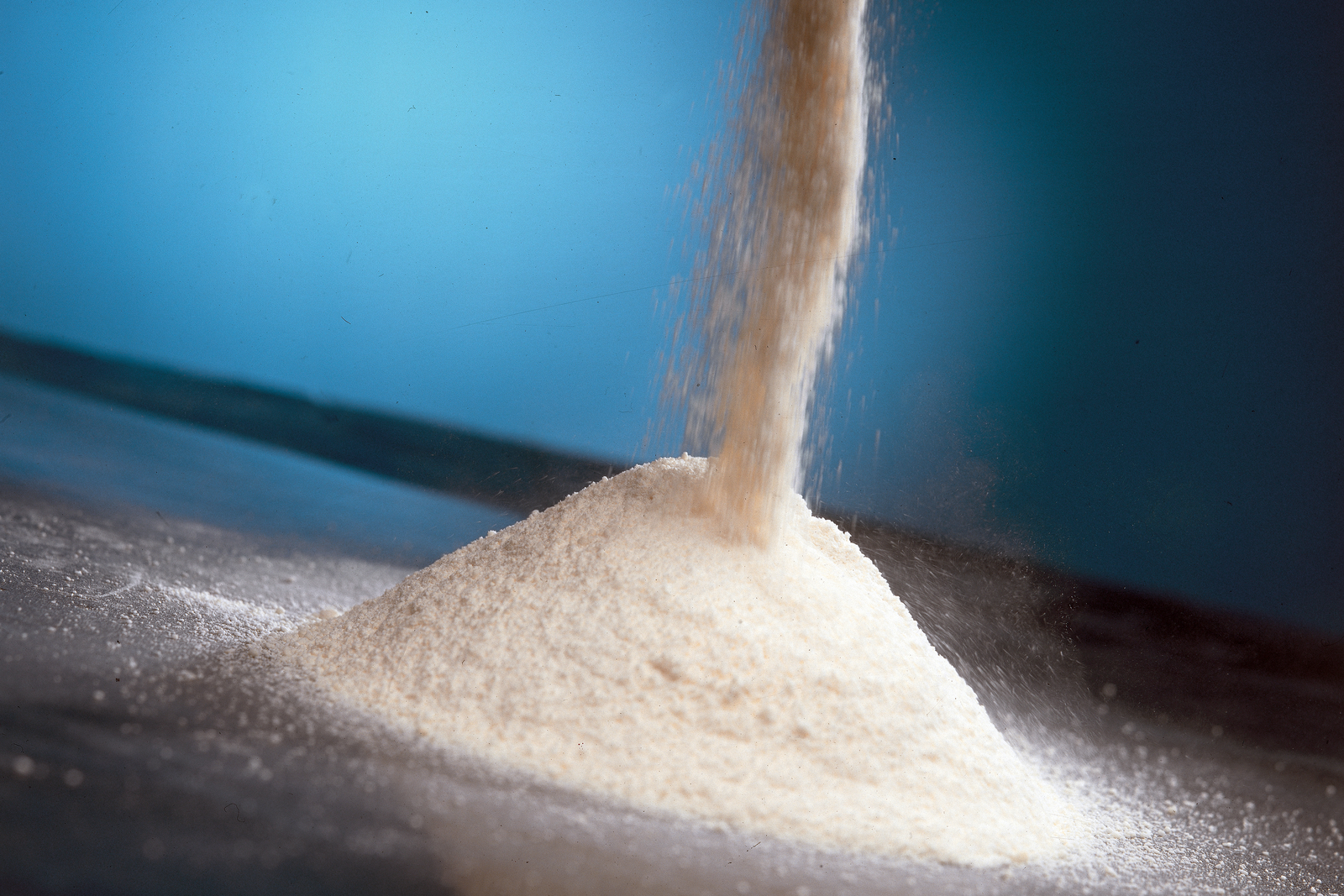Russia: Strong growth in premixes

During the first quarter of 2016 Russia produced 62,470 tonnes of feed premixes, about 4% higher than the level of the same period last year.
In monetary terms Russia produced premixes with the total value of RUB 8.4 million, increasing this figure by nearly 20% over the first quarter of 2015.
According to the estimations of the Abercade consulting agency, Russia has a level of self-sufficiency in premix production of close to 82% and this figure is growing due to the devaluation of the Russian ruble and food embargo.
Legislative changes
At the same time, the future of the premixes industry remain unclear as it may be ruined with the new technical regulation of the Customs Union ‘On registration of feed and feed additives,’ which provides demand for state registration of premixes, which are mixtures of already registered feed products.
According to market participants, this will have a heavy impact on the industry, since registration of feed additives and premixes in Russia is a very long procedure and associated with numerous bureaucratic obstacles.
As estimated by the CEO of Adisseo Eurasia, Dmitry Grachev, the legislative changes will affect 95% of all types of premixes on the market, so each of them has to go through the procedure of registration in case technical regulation will be adopted in the current version.
The Russian Union of Feed Producers already spoke against the imitative and called representatives of the business to closely monitor the draft regulation, as it may seriously affect feed business in the country in the future.
Growing capacities
At the same time, it is believed that overall capacities for production of premixes in Russia in 2016 may double with the launch of two large plants in the country. The first one is a project by MegaMix Company which involves capacities for production of 140,000 tonnes of premixes in Lipetsk Oblast.
The other one is Coudais Korma’s plant with the overall capacity of 60,000 tonnes, which should be commissioned by the end of the year in Vladimir Oblast. As a result the actual capacities of the Russian feed industry this year may exceed 450,000 tonnes, while the overall demand is only 320,000 tonnes.
It has been suggested that some part of the production can be supplied for export, but most experts doubt whether that would really happen, at least quickly, since most Russian companies so far has a lack of experience in developing export supplies of feed production.











